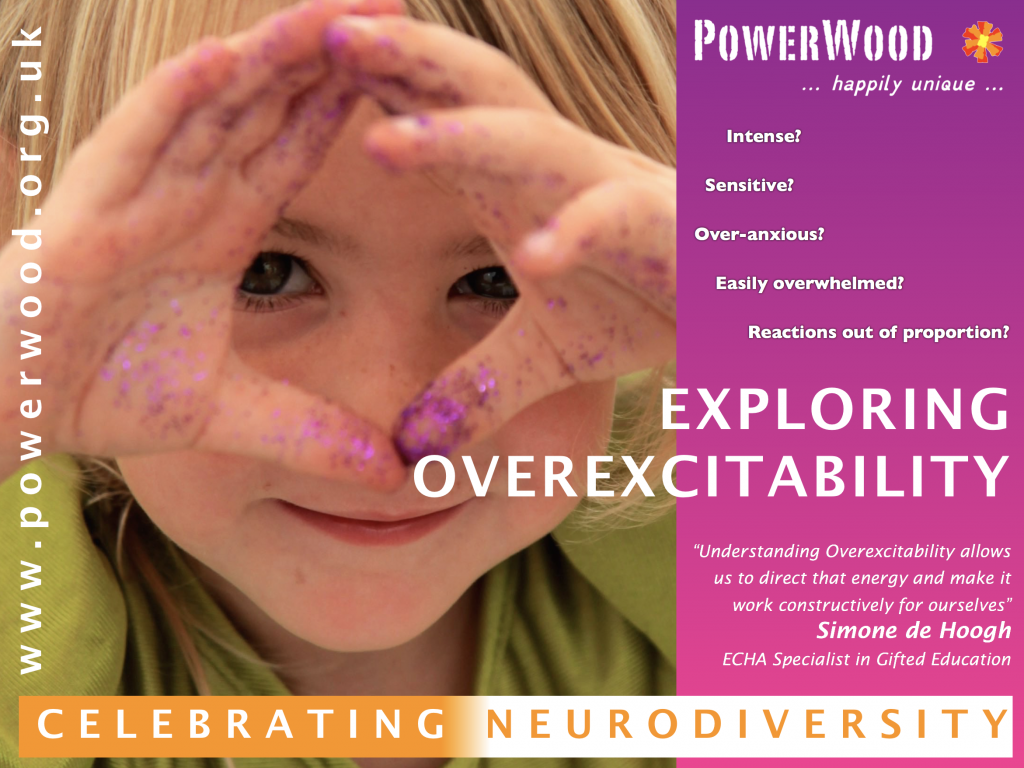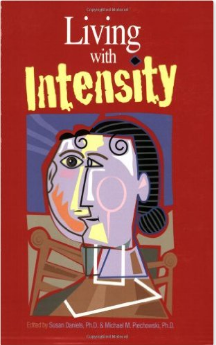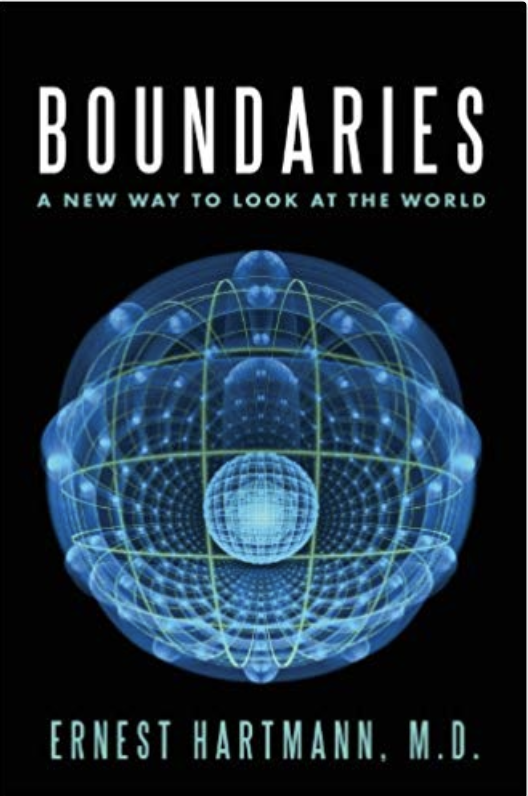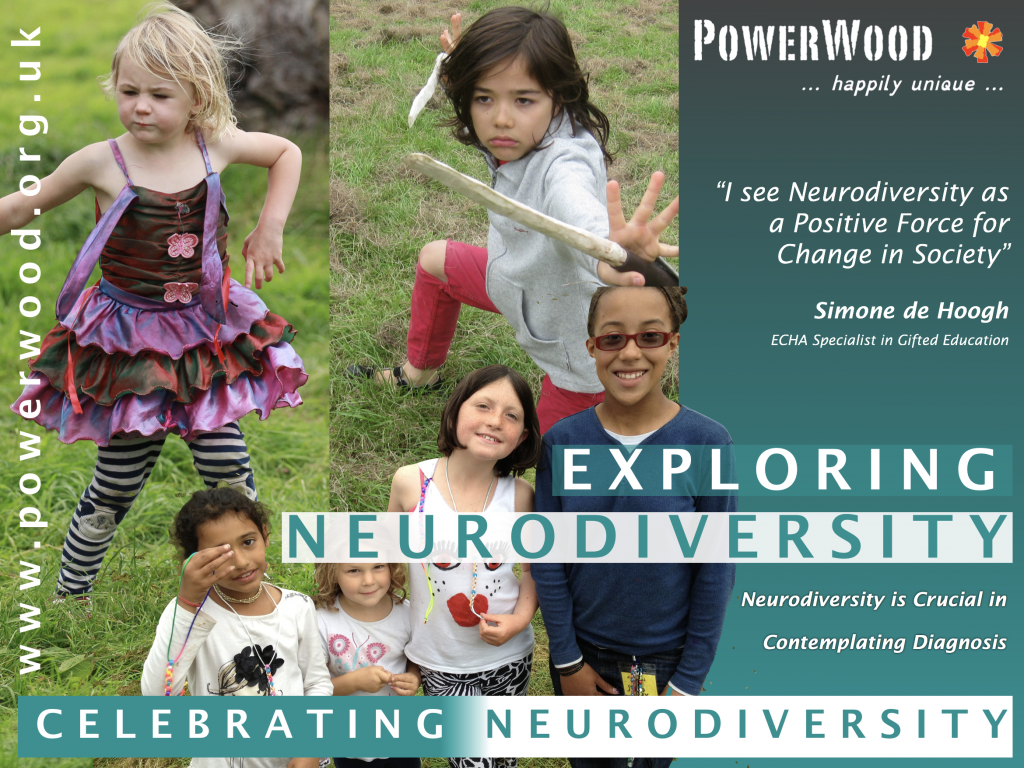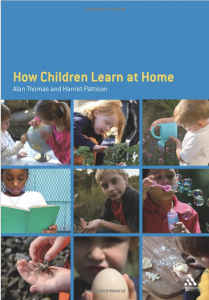Recommended by Families and Individuals facing the same Challenges
Our common goals are to raise awareness of neurodiversity as a force for personal and societal growth, to provide supportive information, tools and strategies and to strengthen PowerWood’s Community. Many of those books are describing theories that are partly underpinning MERT (Multilevel Emotion Regulation Theory) developed by Simone de Hoogh to help Emotion Regulation and direct the energy associated with intensity, sensitivity and hyper-reactivity towards self-chosen goals.
The following books and Free resources have been helpful to others in understanding and feeling compassionate to ourselves and the people we love.
About Overexcitability (OE)
Read the Introduction to OE (Overexcitability).
OE (Overexcitability) is an element of a Developmental Theory –Theory of Positive Disintegration by Dabrowski- that is one of the underpinning theories of MERT (Multilevel Emotion Regulation Theory) developed by Simone de Hoogh. Overexcitability explains and allows us to look at ‘extreme’ behaviour as a valuable asset in our or our children’s life. Our aim is to develop emotion regulation skills that enable us to direct and beam our energy associated with OE towards self-chosen goals. This theory has been found helpful by many individuals and parents.
Dabrowski identified five areas of intensity: Psychomotor OE, Sensual OE, Intellectual OE, Imaginational and Emotional OE. You can read more about each OE, how they are expressed and how they might influence you or your child’s experiences and behaviour by clicking on the appropriate link. A person may possess aspects of one or more of these. It is not so much about ticking all the boxes but about how intensely they are experienced by you or your child.
Exploring Overexcitability ( Free eBook)
By Simone de Hoogh and other Active Contributors
Intense? Sensitive? Over-Anxious? Easily Overwhelmed? Reacts out of proportion? Puzzled or worried about yourself, your child or teenager? Experience life differently?
PowerWood’s E-Book ‘Exploring Overexcitability’ (OE) will give you insights in:
- How having OE might affect yourself and/or your child.
- Where this behaviour stems from.
- How it can be misdiagnosed.
- What the strengths associated with having Overexcitability (OE).
Living with Intensity
Editors Susan Daniels and Michael Piechowski
“A detailed and insightful perspective on intensity throughout the lifespan. The section on adolescence should be compulsory reading for parents, teachers and counsellors.” Professor Miraca U. M. Gross
Searching for Meaning: Idealism, Bright Minds, Disillusionment, and Hope
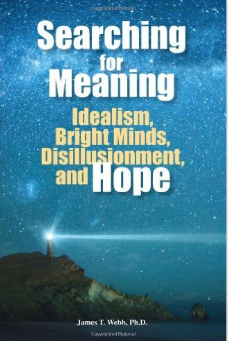 By James Webb.
By James Webb.
Finding Meaning can be a struggle for individuals with OE.
Bright idealists often find themselves disillusioned and searching for meaning in today’s world.
Webb explains in Searching for Meaning: Idealism, Bright Minds, Disillusionment, and Hope how OE can influence you in huge detail. Grasping for answers can lead to existential depression.
Searching for Meaning helps idealists understand their quandaries and describes various ways in which they attempt to cope with their disillusionment.
Helpful information and suggestions provide courses of action to nurture idealism, hope, happiness, and contentment.
About the Boundary in the Mind
The concept of The Boundary in the Mind was developed by psychoanalyst Ernest Hartmann from his observations of the personality characteristics of frequent nightmare sufferers.
The concept of the thickness of the Boundary in the Mind has been and is very helpful in understanding previously unexplained behaviour and differences in ourselves and our children (e.g. that are not explained by OE’s).
Read further about The Boundary in the Mind Theory developed by Ernest Hartmann: Understanding Behaviour, by Understanding Boundaries
Boundaries: A New Way to Look at the World
By Ernest Hartmann
Hartmann addresses each topic in accessible language, one chapter at a time, in a book that broadens our understanding of the outside world while deepening our understanding of ourselves.
Read further about The Boundary in the Mind Theory developed by Ernest Hartmann: Understanding Behaviour, by Understanding Boundaries
Check how the Boundary in the Mind might affect you or your child
About Neurodiversity
Unfortunately, many intense, sensitive, overexcitable, more-able neurodiverse children, teenagers (and adults) are being misdiagnosed or labelled by educational and health care professionals. The most common misdiagnosis are Attention Deficit Hyperactivity Disorder (ADHD), Oppositional Defiant Disorder (OD), Obsessive Compulsive Disorder (OCD), and Mood Disorders such as Cyclothymic Disorder, Dysthymic Disorder, Depression, and Bi-Polar Disorder. Read further.
Differences are seen as Problems instead of Strengths
Quite often intense, sensitive, over-excitable, more-able neurodiverse children have been referred by teachers or social services to a health care professional due to an assumption of a behavioural issue. Generally, they don’t assess his or her intellectual and creative abilities, and even if they do they often don’t take into account the consequences of being different from the norm nor do they look at twice-exceptionality. Read further.
Exploring Neurodiversity (Free eBook)
By Simone de Hoogh and other Active Contributors
PowerWood’s ‘Exploring Neurodiversity’ E-Book will give you insights in:
- What PowerWood’s stance is on Neurodiversity
- What the value is of Neurodiversity
- Why is it crucial in contemplating seeking a diagnosis
- What the positive sides are of being Neurodiverse
- Contemplating a diagnosis and what are the advantages and disadvantages
Misdiagnosis and dual diagnosis of gifted children and adults, ADHD, Bipolar, OCD, Asperger’s, Depression, and Other Disorders
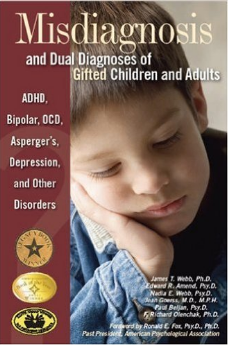 By James T. Webb, Edward R. Amend and Paul Beljan (Authors)
By James T. Webb, Edward R. Amend and Paul Beljan (Authors)
The book Misdiagnosis and dual diagnosis of gifted children and adults, ADHD, Bipolar, OCD, Asperger’s, Depression, and Other Disorders might help you to be the best advocate for your child.
When you feel overwhelmed by professionals whose input doesn’t feel quite right, or although you are worried about the behaviour of your child you think the proposed diagnosis doesn’t really fit your child in your experience or is not reflected in your child’s behaviour at home, this book might help you clarify your own point of view by getting a better understanding of overlap and distinctions between OE and common misdiagnosis or dual diagnoses among OE and/or high-able children.
Here you can find an article about the book.
About Education
Many of our children don’t gell easily with school for many different reasons.
Twice-exceptionality or DME (Dual or Multi Exceptionality)
They might be twice-exceptional, being bright combined with a learning difficulty, and is often not recognised in the system, make them struggle and never achieve on their own level.
Education and OE’s
They might be bored as the level they are intellectually functioning on is above the level of their age peers and they might have issues with accepting authority due to Intellectual OE and come across as rude and unrespectful, it may be really difficult for them to sit still due to Psychomotor OE, find it hard to concentrate because of the noise in the classroom due to Sensual OE, or just because their inner world is so much more interesting compared with the classroom due to Imaginational OE, or they might be overly affected by what the other children or even the teacher are feeling due to Emotional OE.
Not suitable behaviour
All these issues might lead to disruptive or unacceptable behaviour that is not tenable in the classroom and the issues encountered and the sometimes following misdiagnosis could be prevented for a big part according to James T. Webb if the situation would be adapted to the child.
Struggle
Many Parents struggle to find a school with a teacher that appreciates their child like he or she is, as the teacher makes or breaks the experience of the child. This results sometimes in not wanted school changes, sadly sometimes it also leads to school exclusions, and sometimes parents chose for Home-Education, where the parents take over the responsibility for the education of their child or choose for Flexi-Schooling (if schools allow it) where children go partly to school and partly are home-educated.
Dumbing us Down
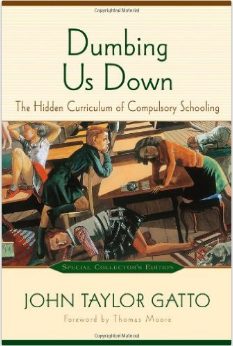 By John Taylor Gatto
By John Taylor Gatto
Often our children learn in school also a hidden curriculum as described by award-winning teacher John Taylor Gatto’s book ‘Dumbing us Down’.
You might find his book ‘Dumbing Us Down: The Hidden Curriculum of Compulsory Schooling‘ interesting and helpful and will raise awareness of how you can support your child in being both respectful and true to him/her self witih a structured environement as they gain understanding of how it often works.
Home-Education
Parents of children choose home-education for many different reasons. Some parents are dissatisfied with the available school education or hold alternative life philosophies than those prevalent in schools. Others believe that the compulsive and classical character of school can stand in the way of child development, or that some children develop behavioural and perceptional problems because they go to school (Sperling, 2005).
Home-education, on the other hand, allows education to be fine-tuned to the individual child. Finally, parents may want to spare their children the experience of unwanted ‘peer-pressure,’ teasing, or violence at school. Here you find further information about the results of home education and the prospects for high-able children.
Home-Education Introduction can be a starting point when considering home-educating your child. Here you find further information about the results of home education and the prospects of home education for high-able children.
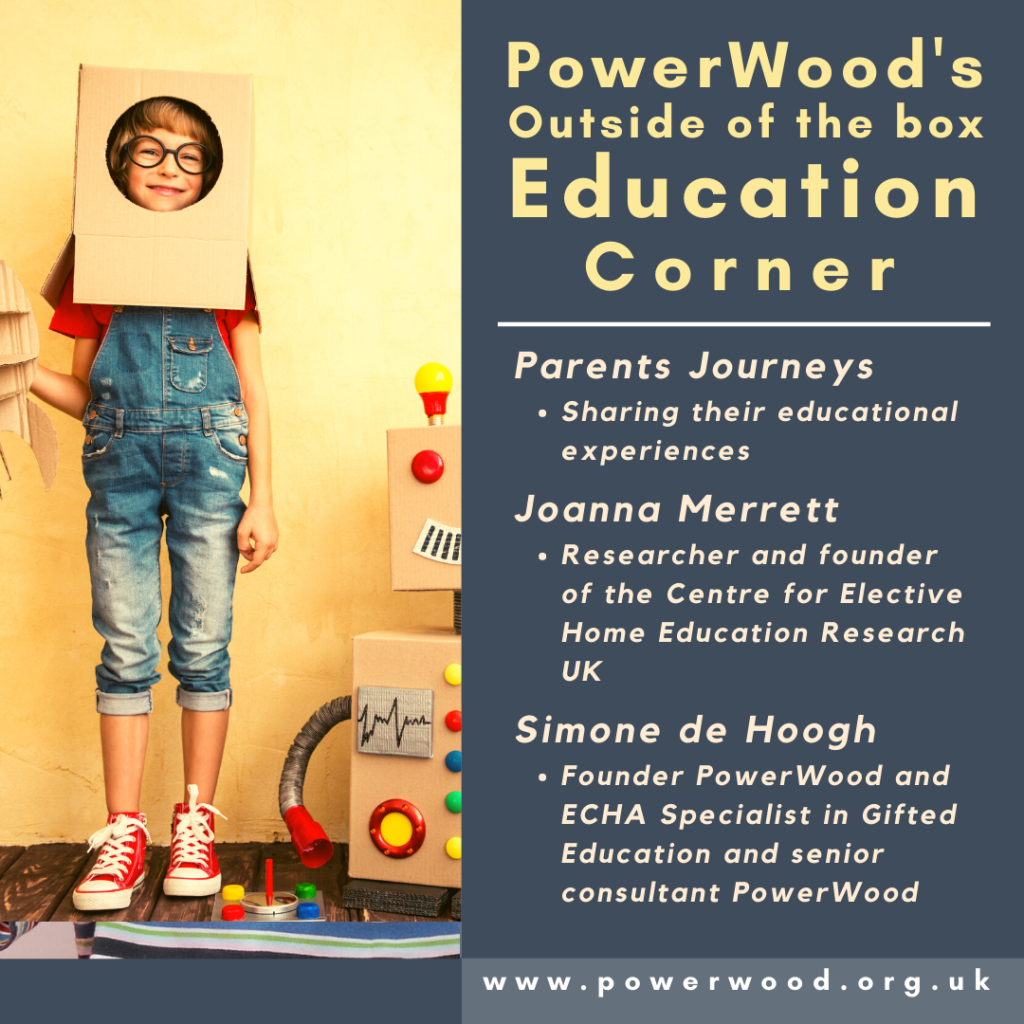
How Children Learn at Home
By Alan Thomas and Harriet Patterson
Thomas found that many home educating families chose or gravitated towards an informal style of education, radically different from that found in schools. Such learning, also described as unschooling, natural or autonomous, takes place without most of the features considered essential for learning in school. At home there is no curriculum or sequential teaching, nor are there any lessons, textbooks, requirements for written work, practice exercises, marking or testing. But how can children who learn in this way actually achieve an education on a par with what schools offer?
In this new research How Children Learn at Home, Alan Thomas and Harriet Pattison seek to explain the efficacy of this alternative pedagogy through the experiences of families who have chosen to educate their children informally. Based on interviews and extended examples of learning at home the authors explore:
- the scope for informal learning within children’s everyday lives
- the informal acquisition of literacy and numeracy
- the role of parents and others in informal learning
- how children proactively develop their own learning agendas.
Their investigation provides not only an insight into the powerful and effective nature of informal learning but also presents some fundamental challenges to many of the assumptions underpinning educational theory.
This book will be of interest to education practitioners, researchers and all parents, whether their children are in or out of school, offering as it does fascinating insights into the nature of children’s learning.
Thank YOU for sharing in the PowerWood Group on FaceBook
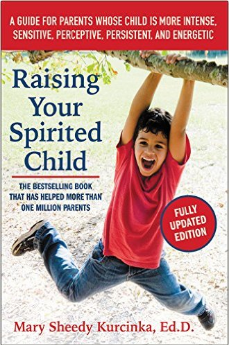 A member of the closed PowerWood Group on FaceBook mentioned:
A member of the closed PowerWood Group on FaceBook mentioned:
“Raising Your Spirited Child‘ is one that resonates in my family”
PowerWood’s Community
Find understanding, tools and strategies that work in an understanding, respectful and compassionate Community.
PowerWood can be your and your families advocate and your second family.
You can read more about PowerWood’s Consultancy Sessions, the Benefits of a Free Introductory Talk and PowerWood’s Consultancy Services Tiered Fee Structure.
*Boundary Test
A HUGE thank YOU to the son and daughter of Ernest Hartmann’s who gave PowerWood permission to use and put the full academically approved questionnaire about the Boundary in the Mind on PowerWood’s website.
Find out how the Boundaries in the Mind might affect you or your child
Join PowerWood’s Community

